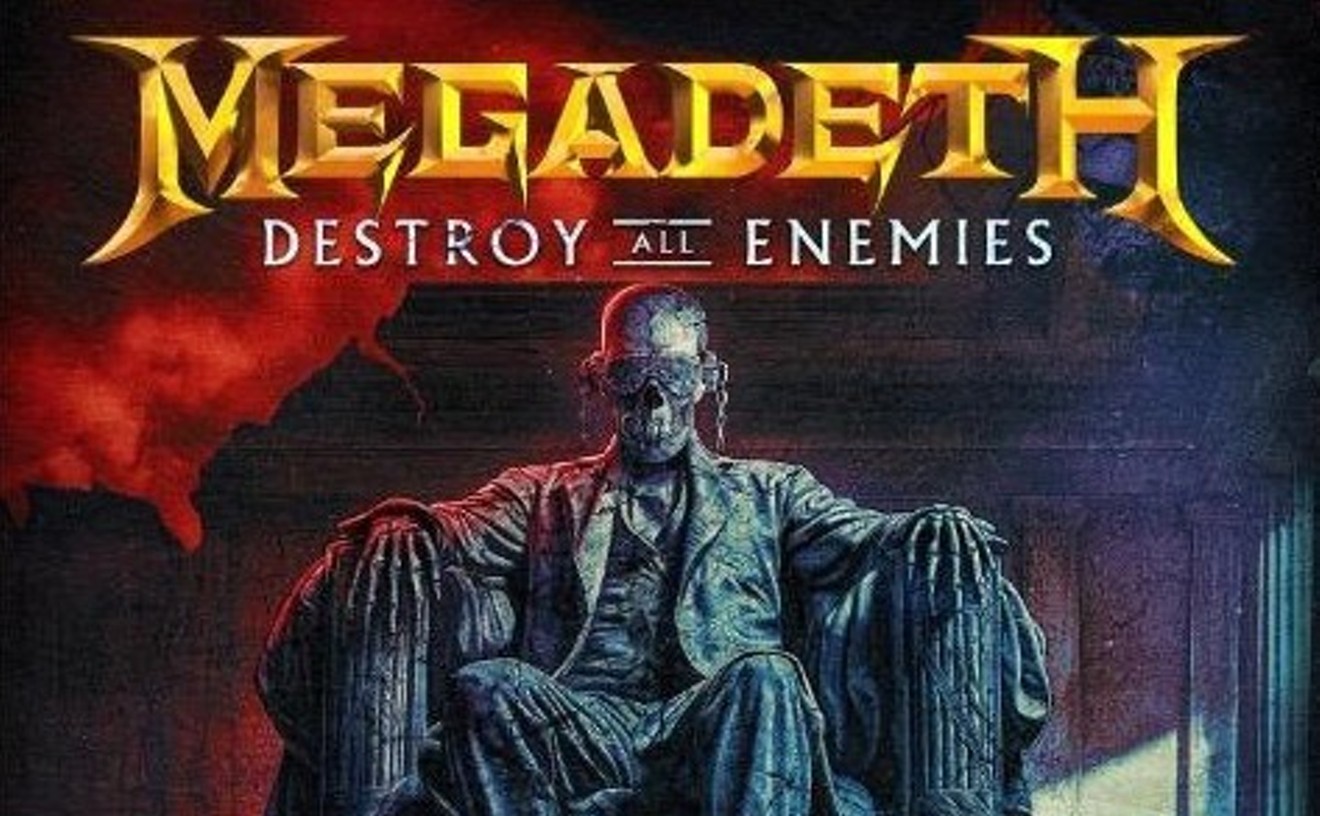"Because writers see the scene as still underground, they feel like there is some obligation to be totally supportive," e-music journalist Simon Reynolds told XLR8R magazine recently. "You hardly ever get a bad review. They can't trash guys like [DJ Paul] Oakenfold too badly -- they need them for the cover, you know?"
Often, some of the best reporting on e-music culture has come from outside the dance-music industry -- and outside the American trade 'zines. Reynolds, despite his London- and New York-centric outlook, is a brilliant mind who sees dance music as part of the pop music continuum. Author of the rave history Generation Ecstasy and a senior contributing writer at Spin, he also pens a regular column, "Energy Flash," for Sonic Net (www.sonicnet.com). New York Times writer Neil Strauss is another sharp observer, quick to see new currents but never one to get caught up in fads. Another Sonic Net writer, Eric Demby, is not so much critical as current. And Paper -- an all-around pop-culture magazine based in New York -- seems to get it right sooner and better than most of the trades. For better or worse, here's what Americans have to work with when it comes to dance-music magazines:
Starting out more than two years ago as a promising new voice, BPM Culture has ended up as just another industry tool. The latest issue of the San Diego-based magazine features an ad on the front cover for djmixed.com, a Moonshine Music Web site and mix-CD series. Inside, editor David Ireland says, "For those of you who haven't visited our new Web site, >www.djmixed.com, I encourage you to come and check it out." But he doesn't explain the relationship between Moonshine, the site, and the magazine. (Moonshine, by the way, also takes up the back-cover ad space.)
DMA (Dance Music Authority) is a pre-rave publication that has thrived on the New York-Miami axis of the dance-music biz. Sure, it features bubblegum graphics, cheesecake photos and front-cover ads, but it can't be beat for the latest info about East Coast dance labels, which still dominate the singles scene.
Industry Insider began as a local hip-hop and party mag but quickly turned to the e-music scene as techno hit the charts in the last two years. The Insider, especially its cover profiles, is pure fluff, but it's useful if you want to know about L.A. clubs and raves that went off two months ago (and you want to see the pics).
Mixer, an offshoot of the U.K.'s lauded Mixmag, is part of the American DJ empire DMC (owner of the hip-hop DJ world championships and a record label, among other things). Mixer editor Darren Ressler, a trade-mag veteran, is well respected in industry circles, and his 'zine contains more dance-music news than any other. The record reviews can be biting (except when pondering DMC's own United DJs of America mix CDs), but the cover stories are usually puffy; it's no surprise that the most recent issue featured a back-cover ad from Moonshine -- and a cover story on Moonshine artist Frankie Bones.
The new kid on the block, Revolution, saw its debut at last March's Winter Music Conference in Miami. Although it seemed gimmicky at the time, Revolution's promise to weave coverage of dance music and digital music distribution turned out to be visionary. And despite its clear, Silicon Valley-funded ambition to mainstream e-music culture, Revolution comes out looking sober and refined compared with the other guys. Its writers have experience outside the trade world, and its journalism is story driven.
The granddaddy of them all, Urb, has suffered some serious growing pains. The rebellious and soulful voice of publisher Raymond Roker is still there, but he has largely taken a back seat to pursue other endeavors (DJing, a record label, a radio show). Urb is still the 'zine most in touch with up-and-coming artists, but it has been disappointing to see this stalwart arrive late to the chart-busting trend of trance only to mindlessly glorify the likes of cover jock Paul Oakenfold, who hasn't been shy about his condescension toward American dance music.
At its own financial peril, XLR8R is the one voice that has stayed true to its artistic tastes, however out-there they may be. The San Francisco 'zine favors quirky, underground artists that tend to the experimental, down-tempo and tech-ish. This is dance music for grad students. And its brave installments lampooning Oakenfold (whom it has dubbed "the Yanni of DJs") are hilariously refreshing.









